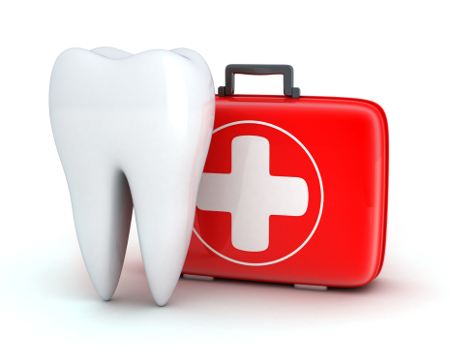Strong Teeth, Fresh Breath, Brighter You.
The First Dentists: How Humans Drilled Teeth 9,000 Years Ago
Language :

Topics:
Long before the advent of modern dental clinics, anesthesia, or sterile instruments, humans were already performing complex dental procedures. Archaeological discoveries from Mehrgarh, a Neolithic site located in present-day Balochistan, Pakistan, have revealed that early humans practiced teeth drilling as early as 7000 BCE — making it the earliest known evidence of dentistry in human history.
Discovery and Research
In 2006, a landmark study published in the journal Nature by Coppa et al. analyzed 11 drilled human molars from adult burials at Mehrgarh. Microscopic examination showed precisely shaped circular holes in the enamel and dentin, consistent with marks made by flint-tipped bow drills — the same type of tool used for crafting beads and ornaments during the Neolithic period.
These findings indicated that the drilling occurred while the individuals were alive, as shown by signs of healing around the holes. This makes Mehrgarh dentistry the oldest example of therapeutic dental intervention known to science.
Tools and Technique
The ancient dentists of Mehrgarh used:
-
Flint drill tips mounted on bow drills, which created controlled rotational motion.
-
Natural resins and bitumen possibly used as sealants or for soothing pain.
-
Manual stabilization — without any anesthesia, antiseptics, or sterile tools.
This procedure required exceptional precision and courage, considering the absence of pain control or infection prevention methods. It is believed the treatment aimed to remove decayed tissue or relieve pressure from tooth infections.
Significance in Dental Evolution
The discovery from Mehrgarh fundamentally changed how scientists view early human medical practices. It demonstrated that:
-
Early societies possessed a sophisticated understanding of anatomy and health.
-
Dental care was a community and survival skill, not merely cosmetic.
-
Humans have been combating tooth pain and decay since prehistory — proving oral health has always been vital to human life.
From Ancient Pain to Modern Precision
The ancient art of tooth drilling at Mehrgarh marks the birth of dentistry — a discipline that would evolve over millennia into today’s highly specialized field. Modern tools now replace stone drills with high-speed electric handpieces, and anesthesia ensures a painless experience. Yet, the essence of healing tooth pain remains the same — connecting modern dentists to their Neolithic predecessors.
References
-
Coppa, A., Bondioli, L., Cucina, A., Frayer, D. W., Jarrige, C., & Jarrige, J. F. (2006). Early Neolithic tradition of dentistry. Nature, 440(7085), 755–756.




